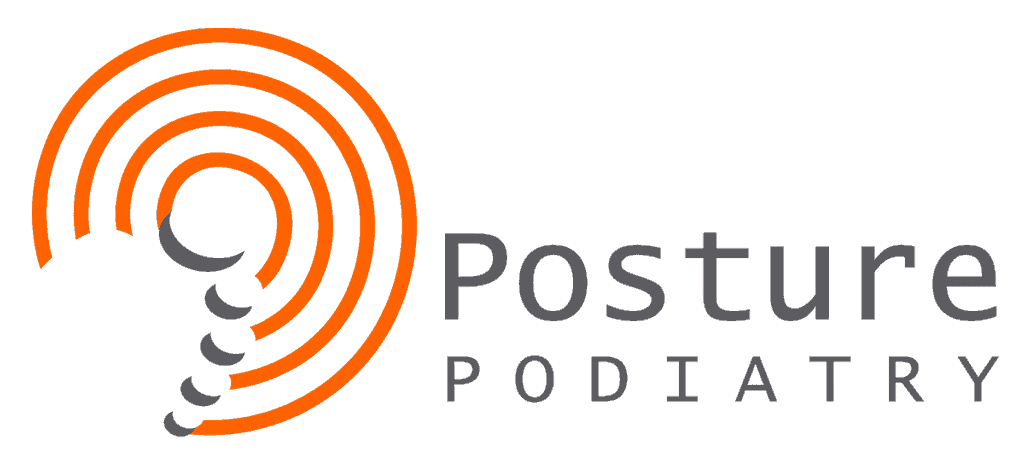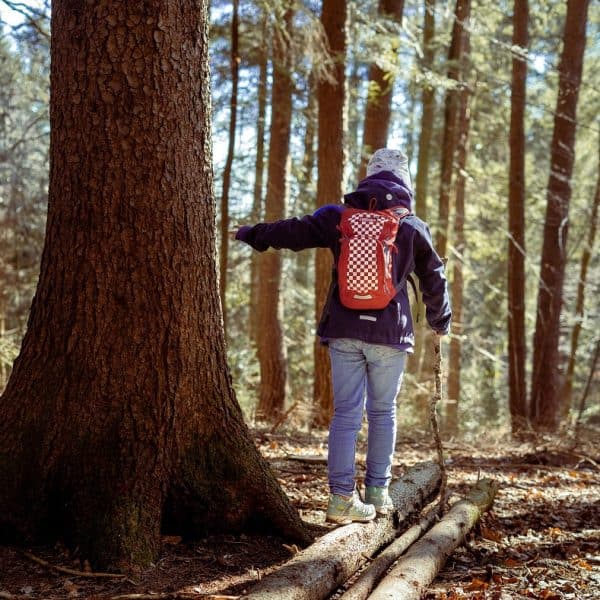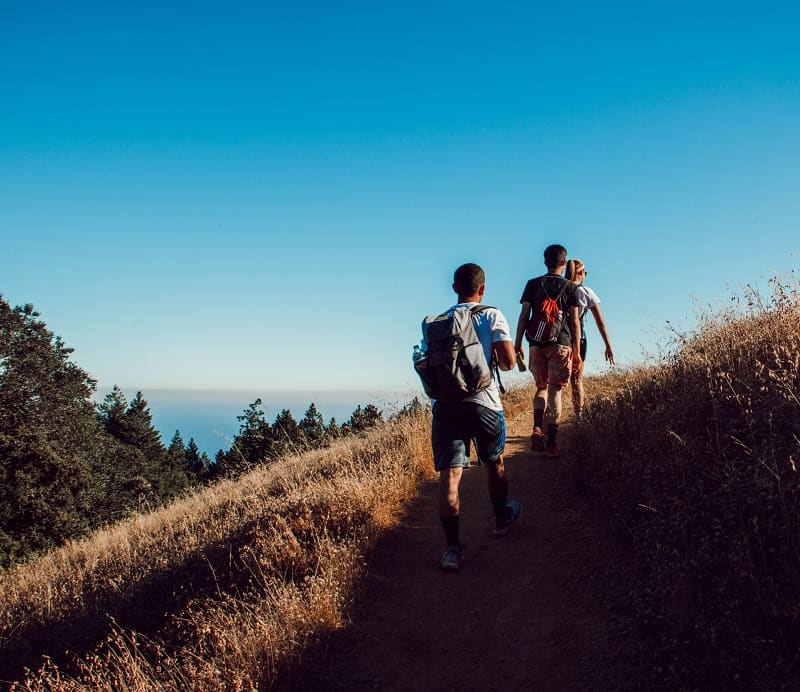What Is Joint Hypermobility?
Joint hypermobility is a condition in which the joints of the body are able to move beyond the normal range expected. Basically, it means the joints are more flexible than they should be. Hypermobility is commonly called “double jointed,” “ligamentous laxity,” or “loose and floppy joints.” It is estimated that 10% to 15% of normal children have hypermobile joints.

Instability throughout the affected joints is common with hypermobile joints and can lead to a multitude of symptoms. However, hypermobility is not always a bad thing. Many athletes such as football players, basketball players, acrobats, gymnasts and dancers have hypermobility of joints. The extra movement through the joints and associated flexibility can be seen as a benefit and can help people achieve selection in programs because of it.
Why does Joint Hypermobility Occur?
Joint hypermobility is caused by the ligaments that surround the joints being more “flexible” or “lax” than normal. Ligaments are composed of connective tissue, which includes collagen fibres. In people affected with hypermobile joints, the structure of these collagen fibres are different which results in the ligaments being more flexible and elastic. Joint hypermobility runs in families and many people with general joint hypermobility know of other family members who have very flexible joints.
Who is Affected by Hypermobile Joints?
Hypermobility is most commonly linked with children and adolescents, where it is frequently picked up and referred to “double-jointed” or “ligamentous laxity.” In a recent study it was shown that 12.5% of a university-aged population were affected with joint hypermobility. There was no difference in rates between the male and female population but females are more commonly affected through the spine, knees and elbow joints. There is also a higher incidence of hypermobility in the Chinese, Indian and African communities. Other genetic conditions can cause joint hypermobility such as Autism, Down Syndrome, Marfans or Ehlers Danlos.
Call 8362 5900 and ask about our special “Initial Low Gap or Gap Free* Assessment” for hypermobile joints.
What Joints are Affected by Hypermobility?
Generalised joint hypermobility (GJH) is where there are multiple joints in the body affected and normally is something a child is born with. The most common joints that cause symptoms are the knees, ankles and shoulders. For podiatrists, this may result in patients having a long history of ankle sprains, knee pain or a general feeling of instability on their feet when playing sport, hiking or walking on uneven surfaces. Joints of the feet in the rearfoot, midfoot and great toe joints typically display more motion than normally expected.
It is important that people with hypermobility in 4 or more joints talk to their family doctor as there may be a genetic link behind it. Most people won’t have a genetic cause of their joint hypermobility, but early identification is helpful to prevent future injuries.
What Symptoms are Associated with Hypermobile Joints?
Due to the many manifestations that Joint Hypermobility can possess, there are many symptoms of Joint Hypermobility. A few of the most common signs are listed below.
- Joint pain, which is more common in lower extremities than upper extremities
- Muscle fatigue and pain. As the joints have more range of motion due to the lax ligaments, the muscles need to work harder to provide support and stability to the joint.
- Pain can be experienced during the day and at night time and is often worse with increased activity.
- Often confused with growing pains
- Increased risk of injury, sprains, strains and dislocations as joints can often get into extreme ranges.
- Poor coordination and balance which can lead to falls, tripping and clumsiness.
- Disinterest or abstaining from participating in sports. Children who are not as agile, fast or coordinated as their peers may dislike or become disinterested in sport.
- Hypermobile children often find sport and lots of walking uncomfortable and tiring. They may even ask to be carried when fatigued.
Call 8362 5900 and ask about our special “Initial Low Gap or Gap Free* Assessment” for hypermobile joints.
Hypermobile Joint Treatment & Management
How can a Podiatrist help?
There are many ways a Podiatrist can help with hypermobility, especially if the feet, ankles and knees are affected. We commonly see people with a history of poor coordination, instability, ankle sprains, aching legs and knee pain associated with hypermobility. These are just a few common problems we can help with.
Treatment modalities may include:
Strengthening:
We can help with strengthening throughout the foot, ankle and leg muscles. Strengthening these muscles will help to increase the stability through the foot and ankle joints. Our Podiatrists are trained to identify weaknesses in foot and leg muscles and will be able to prescribe exercises that can target specific muscle groups.
Footwear:
Poor footwear choices or footwear with little structure/support may be adding to the symptoms being suffered. Our Podiatrists are able to assess current footwear and will be able to assist you with some tips, provide education where needed and point you in the right direction if needing a new set of shoes for hypermobile feet and legs. We spend a lot of time on our feet so being in the wrong shoe can make a big difference to pain.
Orthotics:
Depending on the severity of your hypermobility, an orthotic may be indicated. Hypermobility is linked to having a flatter foot and it is not uncommon that they are paired together. An orthotic can be very beneficial at altering the loads and forces through the joints. Orthotic therapy can also help to provide stability of motion and joint function. This helps to prevent muscles from becoming overused and prevents the joints from getting into extreme movements that may cause pain. They will also help to restore symmetry and reduce the aid in preventing knee, hip and back pain.
Mobilisation and Dry Needling:
Mobilisation works by improving the mobility and congruency of joints in the feet, which in turn allows muscles to work more efficiently around those joints. Mobilisation can be helpful if joint restrictions are present secondary to hypermobility in other joints. Dry needling is primarily focused on the reduction of pain and restoration of function through the release of myofascial trigger points in a muscle. In combination, we can establish better movement pathways and can help to relieve chronic pain.
Multidisciplinary Approach:
Our Podiatrists work closely with many other allied health professionals and doctors. Different conditions will require integrated therapy with other health professionals especially in the case of a scoliosis or spinal problems. Your podiatrist will discuss this with you when necessary and can refer you to the appropriate healthcare professionals if required.
Call 8362 5900 and ask about our special “Initial Low Gap or Gap Free* Assessment” for hypermobile joints.







